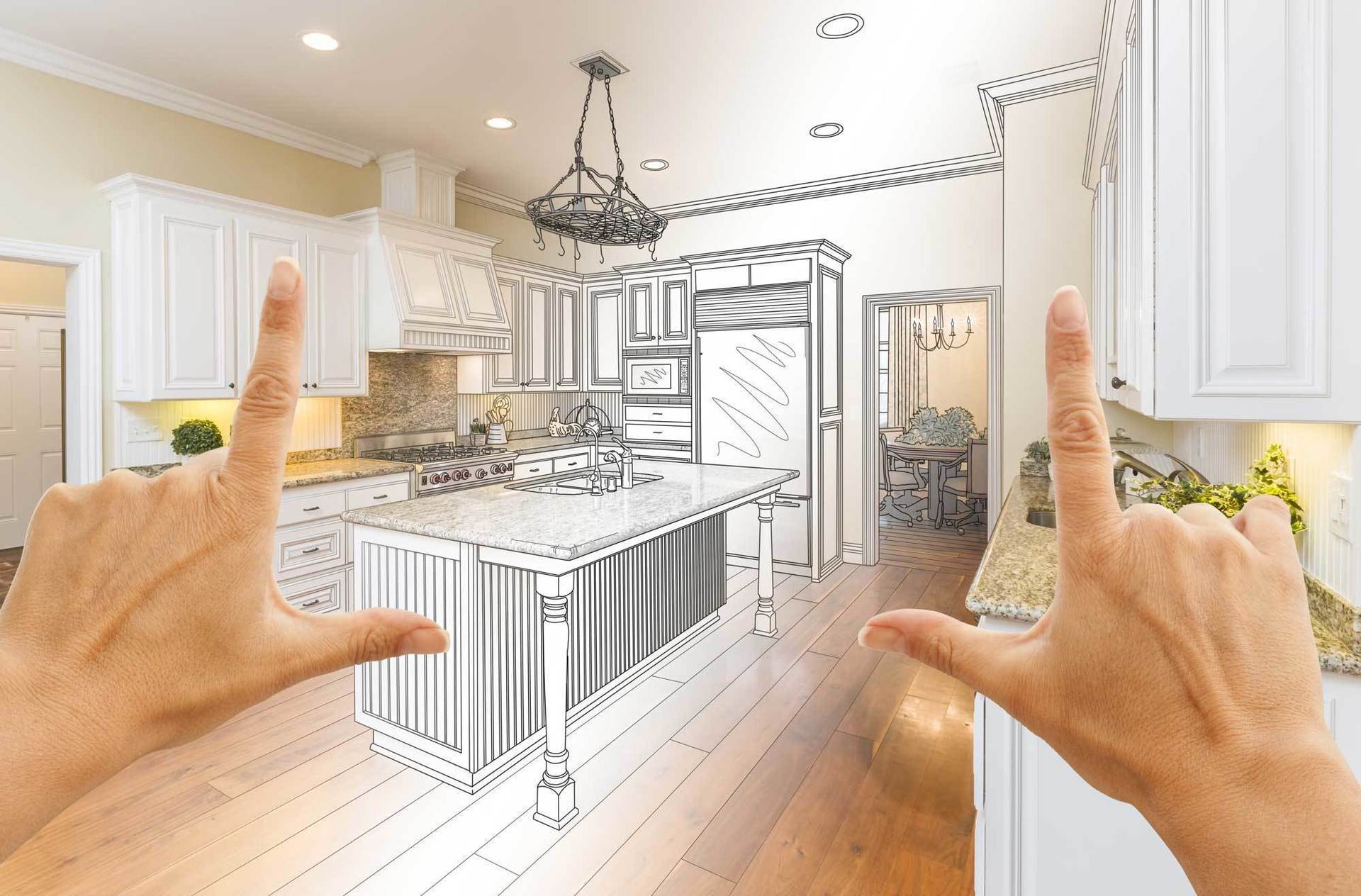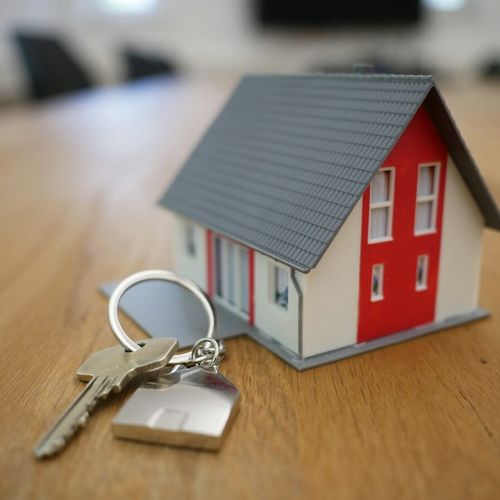The psychology of home design explores how our living spaces can influence our emotions, behaviors, and overall well-being. The way we design and decorate our homes is not just about aesthetics; it has a profound impact on how we feel, think, and interact within the space. Here are a few key concepts in the psychology of home design:
1. 🎨 Color Psychology
-
💭 Impact on Mood: Colors can evoke specific emotional responses. For example:
-
💙 Blue is often associated with calm, tranquility, and productivity. It’s ideal for bedrooms or offices.
-
💛 Yellow can promote feelings of happiness and energy but may feel overwhelming if overused.
-
❤️ Red is energetic and passionate, but it can also increase anxiety or stress when overdone.
-
💚 Green is soothing and has been shown to improve concentration, making it great for living rooms and offices.
-
🏠 Neutral colors (like beige, gray, and white) can create a peaceful, balanced environment but might also feel cold or sterile without pops of color.
-
2. 💡 Lighting and Well-Being
-
🌞 Natural Light: Exposure to natural light has a significant positive effect on mental health. It helps regulate our circadian rhythms, which affects sleep quality and mood. Large windows, skylights, or light-colored walls that reflect sunlight can brighten up a space and improve mental clarity.
-
💡 Artificial Lighting: The quality and type of artificial lighting can influence mood and productivity. For instance, warm lighting (yellowish tones) tends to feel cozy and intimate, while cool lighting (bluish tones) can be more energizing and focused.
-
✨ Layering Light: Using a combination of ambient, task, and accent lighting can create a dynamic, comfortable atmosphere. Dimmer switches also offer flexibility, allowing you to adjust lighting based on your activity.
3. 🛋️ Spatial Layout and Flow
-
🏠 Open vs. Closed Spaces: Open floor plans are often associated with freedom and social interaction, but they can also lead to distractions and a lack of privacy. On the other hand, more closed or segmented spaces provide a sense of structure and privacy, which can be comforting but might feel isolating if overdone.
-
🚶 Flow and Movement: The layout of furniture and the ability to move freely through the space can affect our sense of control and comfort. A space that feels cramped or hard to navigate can cause feelings of frustration or stress.
-
🛏️ Zones and Functionality: Clearly defined zones for work, relaxation, and sleep can help improve focus and mental organization. When rooms serve specific purposes, it’s easier to transition between different mental states, such as from work to relaxation.
4. 🌿 Biophilic Design
-
🌳 Connection to Nature: Biophilic design incorporates elements of nature into the home, such as plants, natural materials (wood, stone), water features, and large windows with nature views. Studies show that connecting with nature can reduce stress, enhance creativity, and improve overall health.
-
🌱 Plants: Indoor plants are particularly beneficial in promoting a sense of calm and well-being. They purify the air and have been shown to lower stress levels and increase feelings of happiness.
-
🪵 Natural Materials: Using materials like wood, stone, and wool can create a warm, organic atmosphere that encourages relaxation and connection to the natural world.
5. 🖼️ Personalization and Identity
-
🎭 Reflecting Personality: Our homes are often an extension of our identity. Incorporating personal touches like family photos, artwork, heirlooms, or meaningful objects creates a sense of ownership and comfort.
-
✨ Sense of Control: Personalizing a space allows us to feel more in control of our environment, which can lead to feelings of comfort and security. Customizing a space with our tastes and preferences makes it feel more “ours” and can evoke a sense of pride and contentment.
-
🧹 Clutter and Organization: A cluttered home can create stress and feelings of chaos, whereas a well-organized, clean space can lead to a sense of clarity and peace of mind. Some people feel more energized with a bit of creative clutter, while others need minimalism to feel mentally at ease.
6. 🔊 The Role of Sound
-
🔇 Noise and Quiet: The acoustics in a home can significantly impact our mental health. Too much noise can lead to increased stress, while quiet environments can promote relaxation and focus.
-
🎶 Soundscapes: Soft background noise, such as the sound of a water fountain or nature sounds, can help mask distracting noises and create a peaceful ambiance. Music, in particular, is a powerful tool for influencing mood within a space.
7. 🛋️ Comfort and Well-Being
-
🛏️ Physical Comfort: The comfort of furniture, bedding, and other home elements can impact how we feel when we’re in a space. A comfortable chair or bed promotes relaxation and well-being, while uncomfortable furniture can lead to physical discomfort, affecting mood and health.
-
🧸 Texture and Touch: Textures play a significant role in how we feel within a space. Soft, plush fabrics are comforting and inviting, while rough or harsh textures can create a sense of unease. Layering different textures through throws, cushions, and rugs can also enhance the comfort of a space.
8. 🧳 The Impact of Organization and Clutter
-
🧠 Clutter and Mental Health: Disorganization can lead to feelings of overwhelm and anxiety. A cluttered space can be distracting, making it harder to focus or relax. On the other hand, a well-organized home with designated spaces for everything can bring a sense of calm and control.
-
🖤🌈 Minimalism vs. Maximalism: The debate between minimalism and maximalism in design reflects personal preferences and the psychological effects of space. Minimalism can help reduce anxiety by keeping things simple and streamlined, while maximalism can create a sense of vibrancy and personality, though it can also feel overwhelming if not balanced.
9. 🤝 Social Connection and Community
-
🛋️ Social Spaces: Homes with spaces designed for socializing (like open kitchens or living rooms) can encourage more interaction and connection, which is beneficial for mental health. These areas create opportunities for bonding with family, friends, and guests.
-
🚪 Privacy and Personal Space: On the other hand, having areas where individuals can retreat for solitude is just as important. A balance between shared spaces and private areas helps maintain both social connection and personal well-being.
10. 🖼️ The Influence of Memories and Nostalgia
-
🕰️ Nostalgic Design: Certain items or design elements that evoke memories (like childhood toys, heirlooms, or old photographs) can provide comfort and a sense of stability. Nostalgia has been shown to increase happiness and provide emotional grounding.
-
🏡 Creating a Sense of Home: Ultimately, home design is about creating a space that feels safe, comfortable, and nurturing. When a space feels like “home,” it provides a sense of security and emotional well-being.
Conclusion:
The psychology of home design reveals that our living spaces go beyond just being places to live—they are environments that shape our mood, behavior, and health. By considering factors like color, lighting, layout, personal touches, and the use of natural elements, we can create spaces that promote mental well-being, productivity, and emotional comfort. Thoughtful home design can make a big difference in how we feel and function day-to-day! ✨
Partners Realty Group
(865) 789 – 6677
Helping You Unlock the Door to Your Future


